African American Civil Rights Movement
1/13
Earn XP
Description and Tags
you got this girlie!!
Name | Mastery | Learn | Test | Matching | Spaced |
|---|
No study sessions yet.
14 Terms
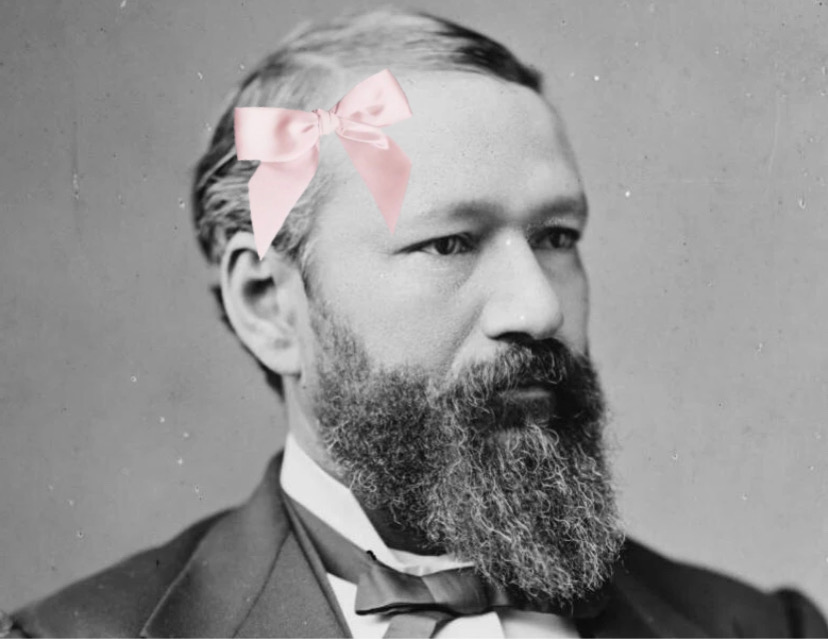
Plessy v. Ferguson
A U.S. Supreme Court case from 1896 upheld racial segregation laws for public facilities as long as the segregated facilities were equal in quality. This doctrine came to be known as "separate but equal".
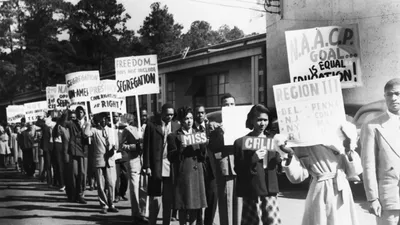
Jim Crow laws
Laws created by white southerners to enforce racial segregation across the South from the 1870s through the 1960s.
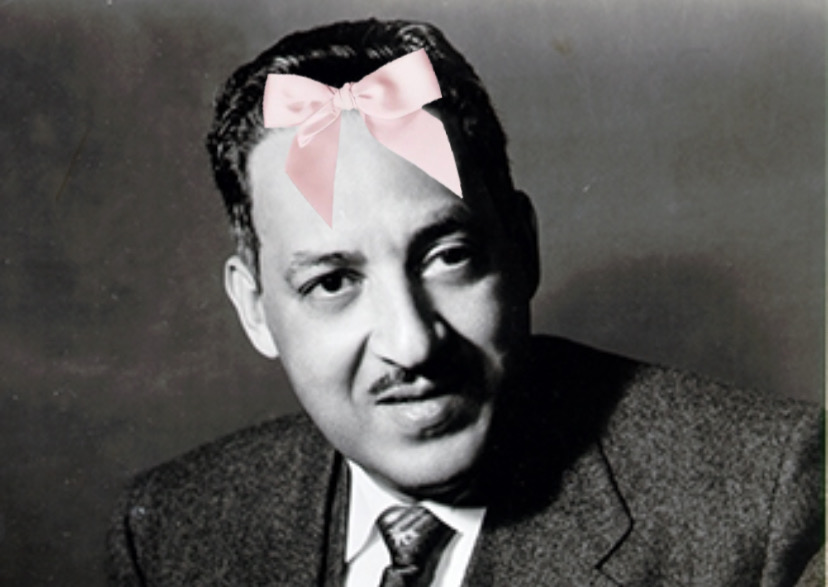
Thurgood Marshall
An American lawyer and civil rights activist who served as Associate Justice of the Supreme Court. He was the lead attorney in the Brown v. Board of Education case.

NAACP
National Association for Advancement of Colored People; civil rights organization founded in 1909 to fight prejudice, lynching, and Jim Crow segregation.
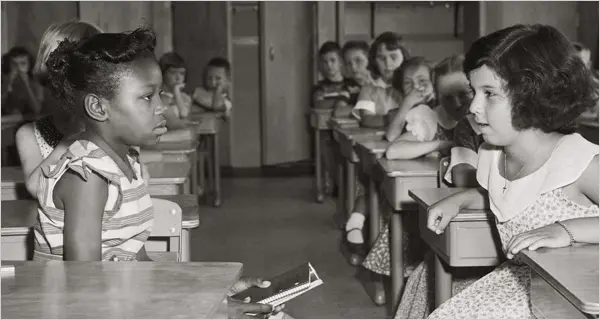
Brown v. Board of Education
A landmark Supreme Court case in 1954 declared state laws establishing separate public schools for black and white students to be unconstitutional, effectively ending racial segregation in public schools.

Little Rock Nine
In September 1957 the school board in Little rock, Arkansas, won a court order to admit nine African American students to Central High a school with 2,000 white students. The governor ordered troops from Arkansas National Guard to prevent the nine from entering the school.

Civil Rights Act of 1957
Established Federal Commission on Civil
Rights
Established a Civil Rights Division in the
Justice Department to enforce civil rights
laws
Enlarged federal power to protect voting
rights
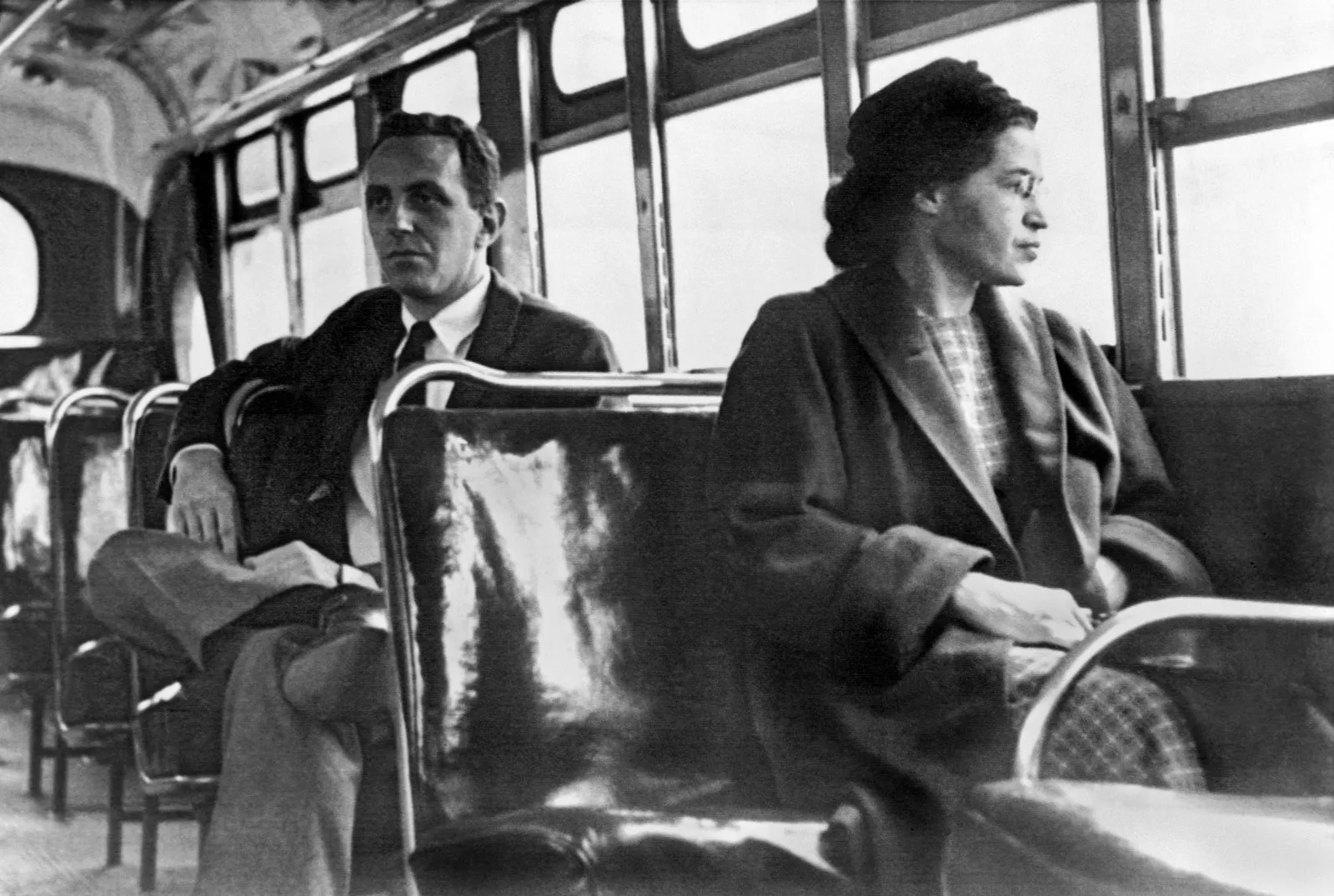
Montgomery Bus Boycott
In 1955, Rosa Parks was arrested for refusing to give up her seat on a city bus. Following this, MLK Jr led a boycott of city buses. After 11 months the Supreme Court ruled that segregation of public transportation was illegal thanks to Parks and King.
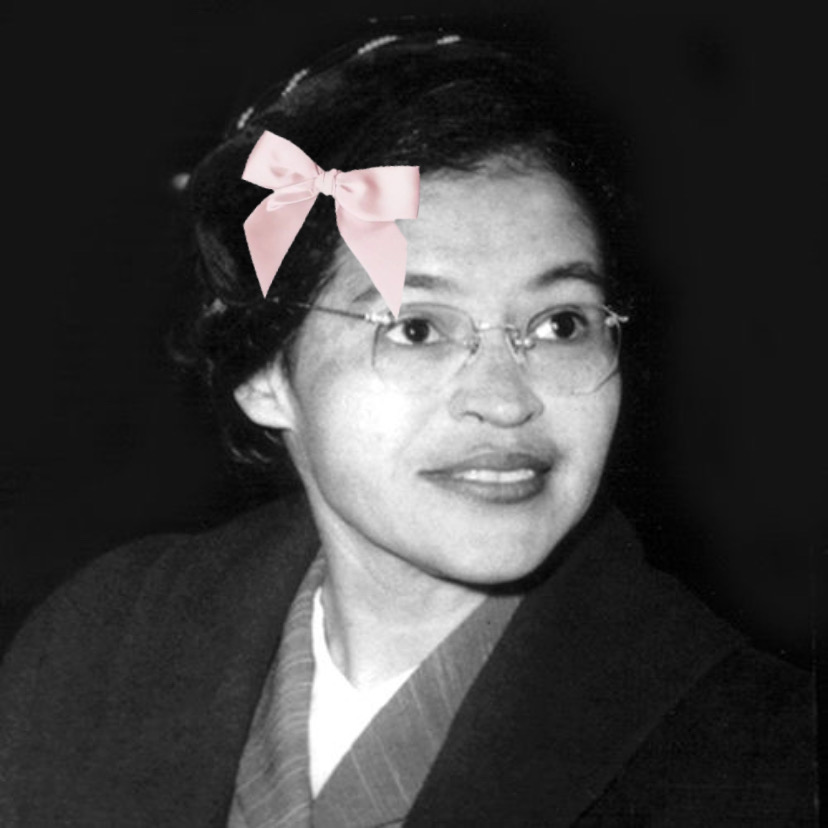
Rosa Parks
United States civil rights leader who refused to give up her seat on a bus to a white man in Montgomery (Alabama) and so triggered the national civil rights movement.

Martin Luther King Jr
U.S. Baptist minister and civil rights leader. A noted speaker, he opposed discrimination against blacks by organizing nonviolent resistance and peaceful mass demonstrations.
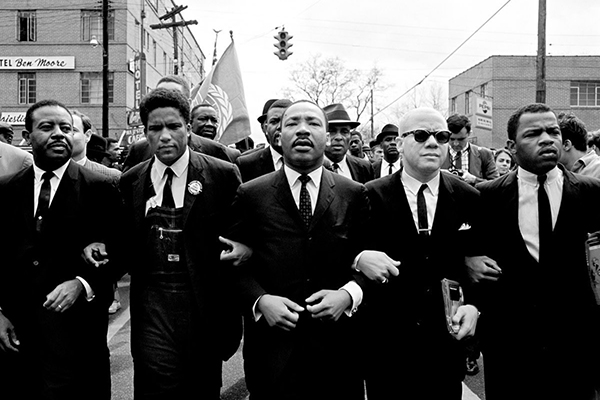
“Soul Force”
non-violent resistance

Southern Christian Leadership Conference (SCLC)
Organized ministers and churches in the South to get behind the civil rights struggle.
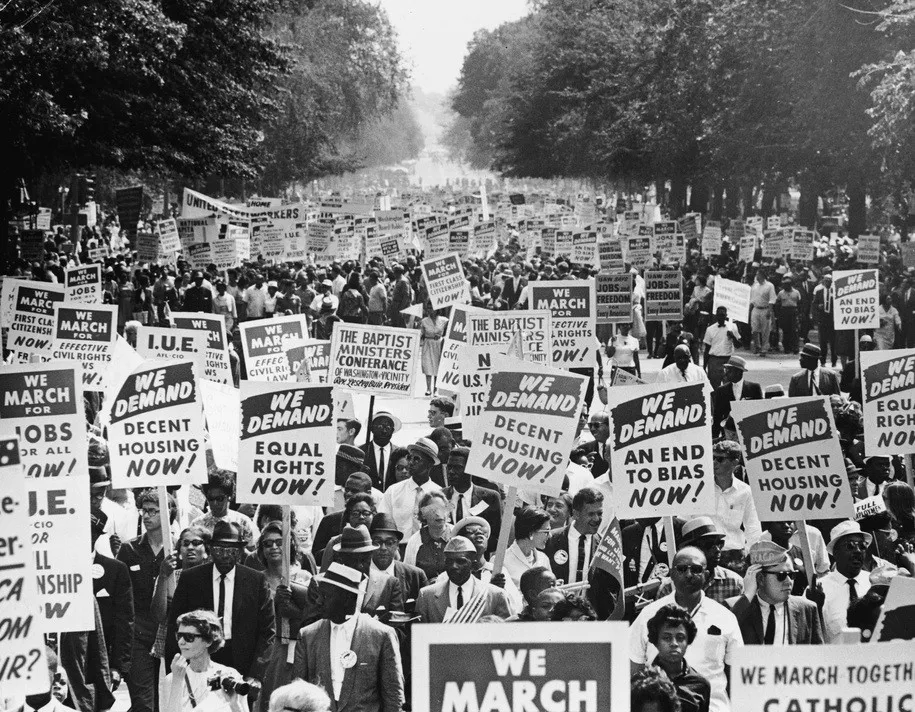
Student Nonviolent Coordinating Committee (SNCC)
This new group of young people played a critical role in the Freedom Rides aimed at desegregating public transportation in 1961 and the Freedom Summer voter registration drives in 1964.
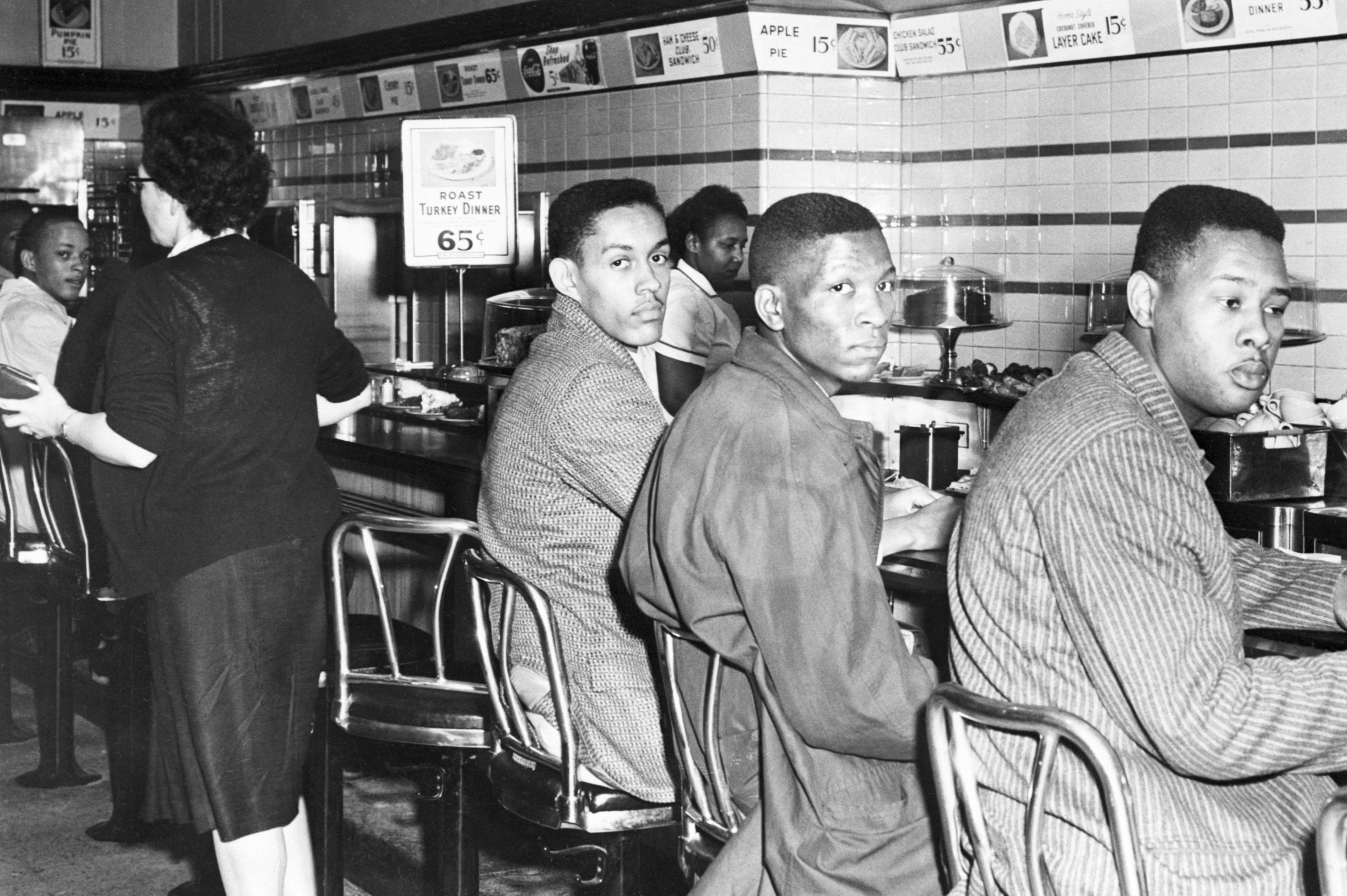
Sit-Ins
Protests by black college students, 1960-1961, who took seats at "whites only" lunch counters and refused to leave until served.